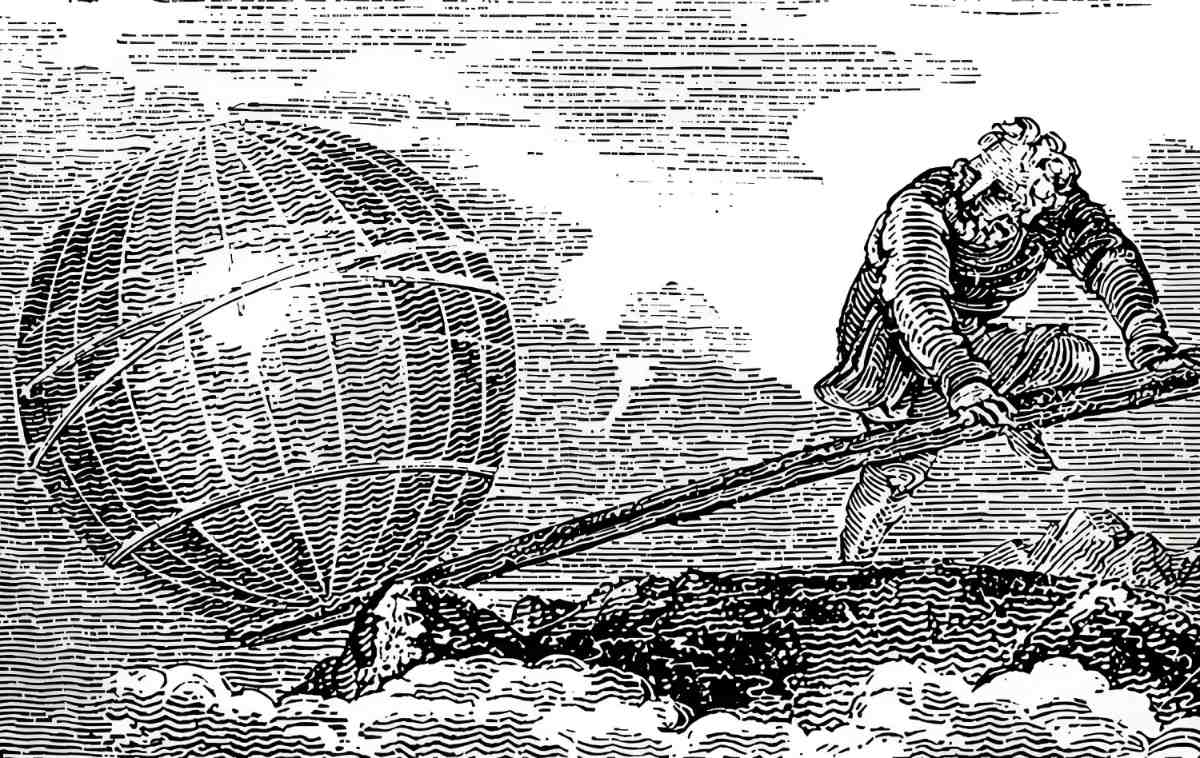History of Physics: From Antiquity to Modern Times
Major advances in physics throughout the ages laid the groundwork for our present understanding of the universe.

Major advances in physics throughout the ages laid the groundwork for our present understanding of the universe.

